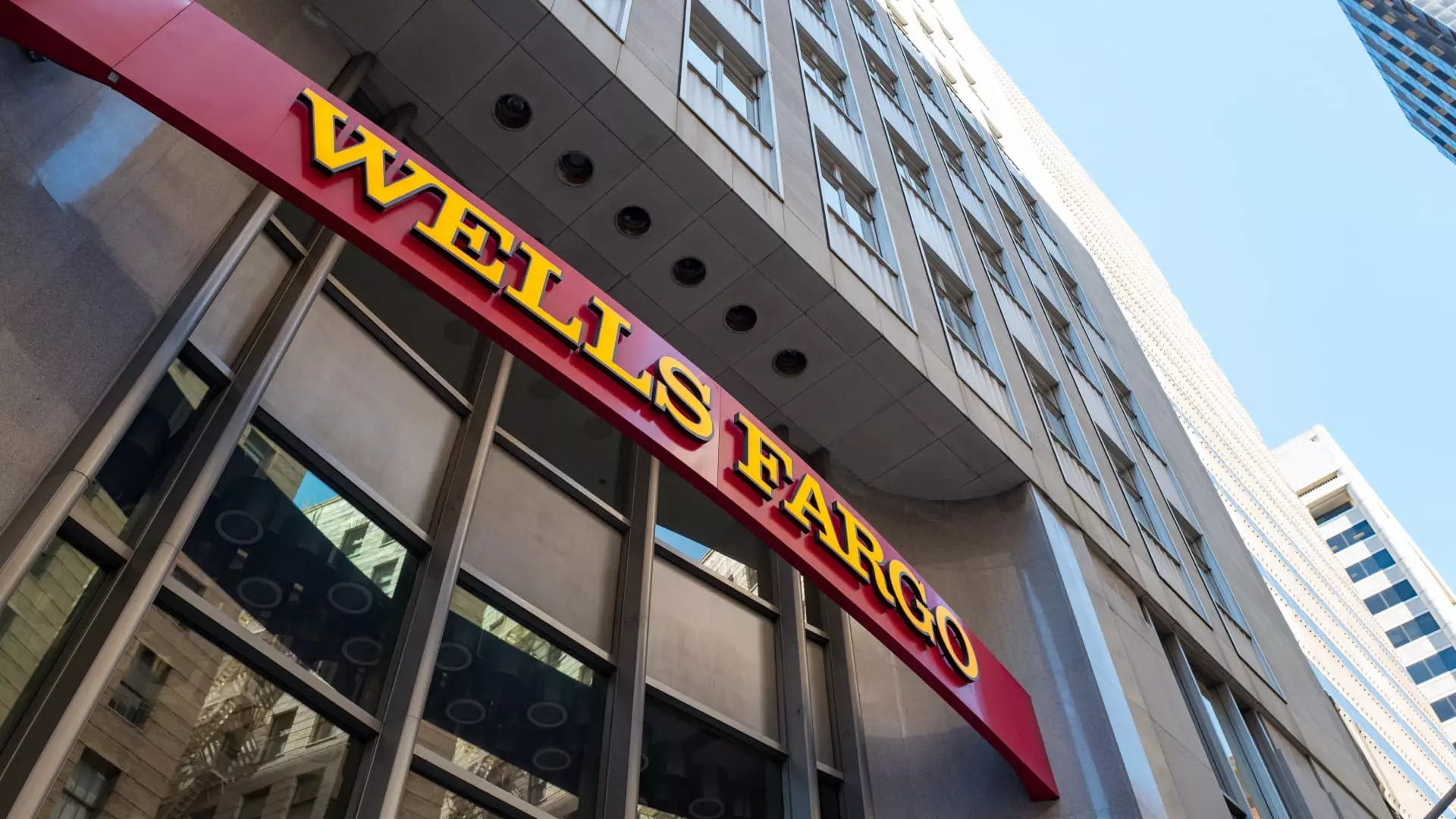Wells Fargo’s recent announcement of its fourth-quarter earnings showcased a mixed bag of results that ultimately led to a surge in the company’s stock price. Despite a slight dip in revenue year-over-year—down 0.5% to $20.38 billion, which fell short of analyst expectations—Wells Fargo managed to exceed earnings per share (EPS) predictions. Reporting an adjusted EPS of $1.58, which surpassed Wall Street’s consensus estimate of $1.35, the bank highlighted its ability to navigate challenging conditions while maintaining investor confidence. This strong showing in earnings, amid a backdrop of lower revenue, reflects the bank’s ongoing adjustments and strategic realignments.
CEO Charlie Scharf has been instrumental in steering Wells Fargo through a tumultuous period characterized by past scandals and regulatory pressures. Since taking the helm, Scharf has focused keenly on reforming operations and restoring the bank’s reputation. His actions to optimize the bank’s cost structure, invest in technology, and diversify income streams have begun to bear fruit. The aim has been to achieve a sustainable return on tangible common equity (ROTCE), a target that appears increasingly attainable with 2024’s ROTCE recorded at 13.4%. This metric, although short of the 15% goal Scharf has set, shows a promising trajectory towards improved financial health.
Following the earnings announcement, Wells Fargo’s shares appreciated over 7%, marking a notable gain amidst investor enthusiasm over the 2025 outlook. The stock reached above $76, capturing significant investor interest, particularly when considering the exceptional year-to-date return of approximately 7%, on the heels of an impressive 43% rally in 2024. Financial experts have reacted positively, adjusting their price targets for Wells Fargo from $80 to $84 per share, indicating a vote of confidence in the bank’s long-term recovery strategy.
Breaking down the underlying revenue figures reveals a complex landscape. While the net interest income (NII) experienced a year-over-year decline of 7% to $11.8 billion, this figure still eclipsed analyst forecasts, indicating operational resilience. However, alongside the decline in NII, there was an increase in non-interest income by 10% to $8.4 billion, although it too fell short of expectations. These figures reflect mixed performance across various segments, including strong growth in investment banking fees and customer-related revenue streams, which could provide evidence of the bank’s ongoing efforts to bolster those sectors.
Looking ahead to 2025, Wells Fargo’s management provided an optimistic guidance that underpins investor confidence. Expectations of NII growth between 1% to 3% reflect a positive outlook contrary to prior trends, indicating that the bank anticipates a recovery aligned with broader economic conditions. However, these estimations seem contingent on external factors, such as Federal Reserve policies, particularly the anticipated interest rate cuts in the following year.
Moreover, management’s targeted approach to overall expenses, predicting a decline relative to 2024, suggests a movement towards greater operational efficiency. This strategy includes generating gross expense reductions of approximately $2.4 billion through various initiatives, further backed by potential growth in revenue-related costs stemming from its wealth management sector. Such approaches will ultimately contribute to Wells Fargo’s aim for sustainable profitability.
Wells Fargo’s fourth-quarter performance reflects a bank in transformation—one that is gradually shaking off the baggage of its past and re-establishing itself as a competitive player in the financial services landscape. Although the road ahead holds challenges, particularly concerning regulatory expectations and market conditions, the strategic adjustments under CEO Charlie Scharf signal a commitment to improving operational resilience and enhancing shareholder value. Investors will need to remain vigilant and adaptable to navigate the ever-evolving financial environment in which Wells Fargo operates, but the bank’s recent performance paints a cautiously optimistic picture. As the market anticipates an economic pivot, Wells Fargo stands at a crucial crossroads, poised for potential growth and renewed investor confidence.

